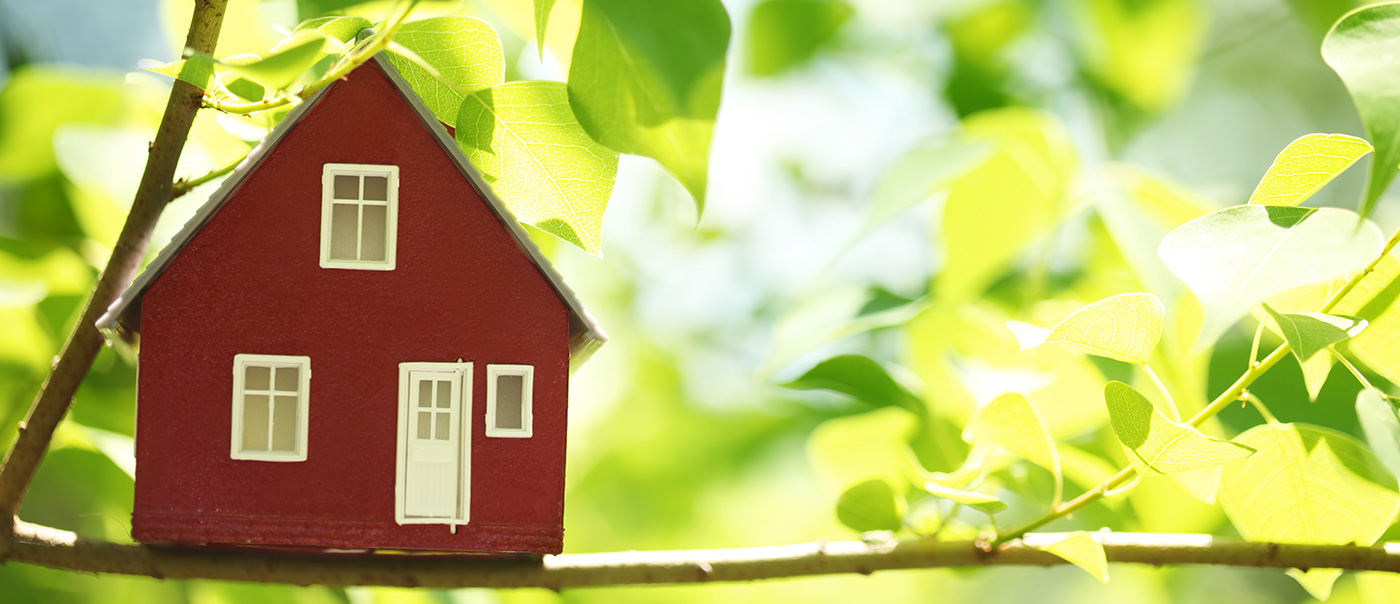The following blog post was written based on information provided by the Department of Natural Resources Canada.
Sometimes, what makes a “good” home goes beyond its layout or location. Energy efficiency attributes, such as the insulation in the walls, probably don’t come up that often during showings with your clients or on feature sheets for your listings; but you may want to consider bringing the energy efficiency topic to the attention of your clients, explaining the roles they play in comfort, lower utility bills and saving money and how homeowners can benefit from them. No scientific jargon required.
 When you see EnerGuide*, ENERGY STAR® and R-2000* labels in a home, you can be sure it will be less expensive to heat and cool, more comfortable to live in and environmentally friendly, all of this without sacrifices to interior design.
When you see EnerGuide*, ENERGY STAR® and R-2000* labels in a home, you can be sure it will be less expensive to heat and cool, more comfortable to live in and environmentally friendly, all of this without sacrifices to interior design.
Take windows, for example. They offer a great source of natural light and can be very aesthetically pleasing to the home design; however, they can also negatively impact a home’s energy efficiency. The good news is that with special coatings (known as low emissivity coatings, or “low-e glass”) and insulated frames and sashes, windows can be more comfortable to sit beside and have less condensation on the glass. In other words, these windows would keep homeowners warm in winter and cool in summer. Simple right?
Take a closer look at some of the materials built into and being used in a home and you may find surprising energy efficiency features. Then, translate these features and the science behind them into benefits or perks to the homeowner to sell them on the value of the home’s energy efficiency.
Here’s a closer look at a few more examples:
| Energy Efficiency Feature | Benefit / Perk |
| ENERGY STAR® windows and doors | Better comfort, less noise coming from the outside and less condensation |
| ENERGY STAR® certified appliances | Lower utility bills |
| Whole-house mechanical ventilation systems | Fresh air for healthy living and fewer indoor air pollutants |
| Higher levels of insulation in the basement, roof and exterior walls | Even temperatures and less noise coming in from outdoors |
| ENERGY STAR® certified lighting | Lower utility bills as they use only one third or less of the energy as regular incandescent products |
| An air barrier, like a continuous sealed envelope, mostly found in R-2000 homes | Warm air is kept inside, drafts are reduced and moist air is prevented from entering walls |
For more information on home energy efficiency, please visit Natural Resources Canada’s website.
REALTORS®, we want to hear from you. Do you have any burning questions concerning energy efficiency or green features for homes that you want answered in future blog posts? Let us know in the comments section below.
® The ENERGY STAR mark is administered and promoted in Canada by Natural Resources Canada.
*EnerGuide and R-2000 are Official Marks of Natural Resources Canada




